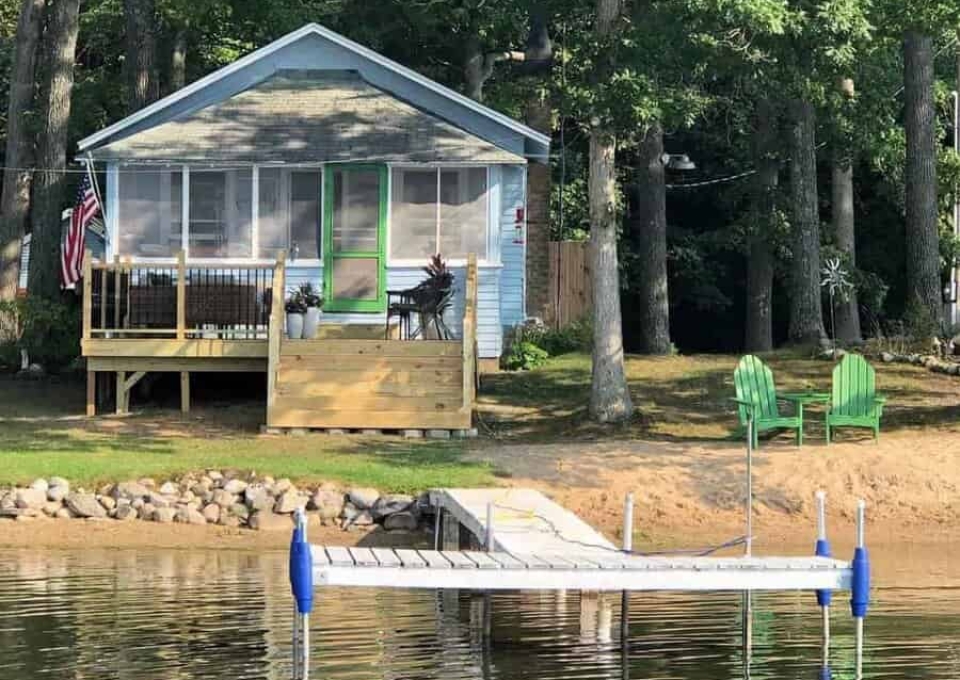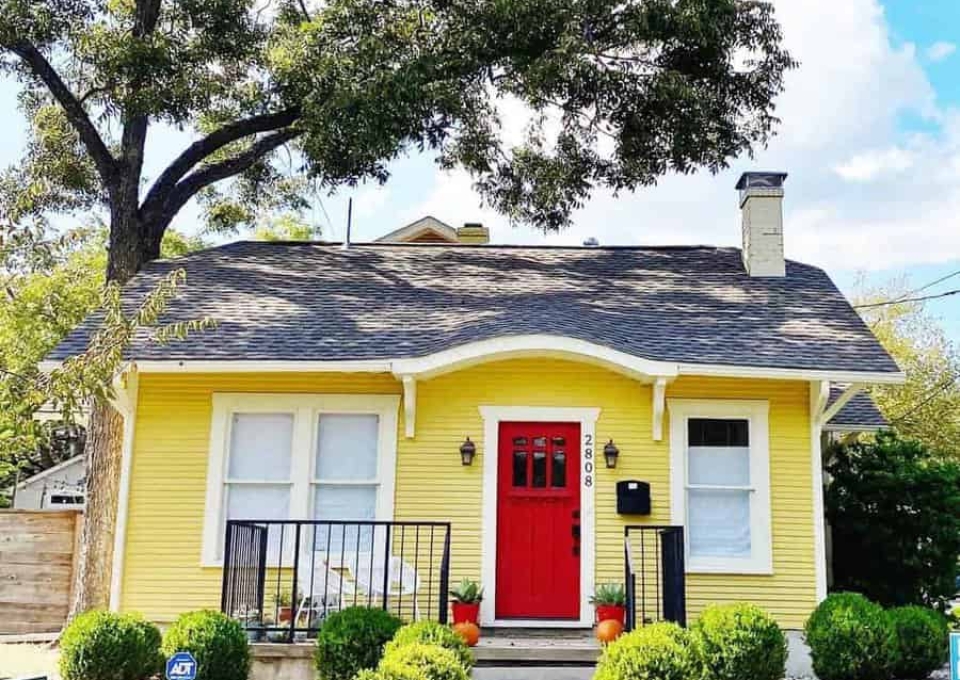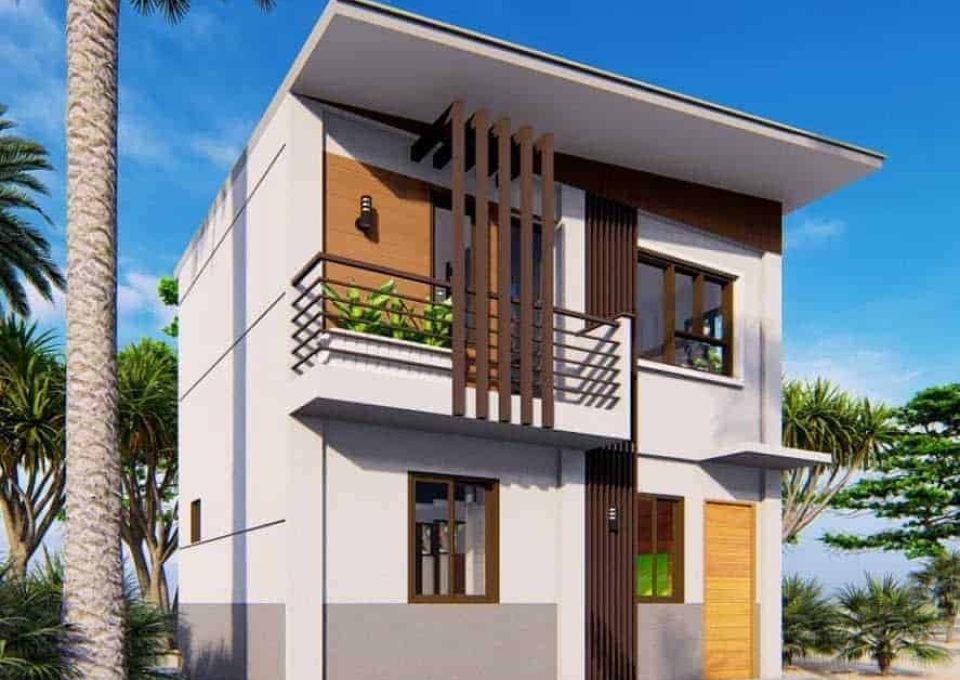Introduction to Small House Design
Contents
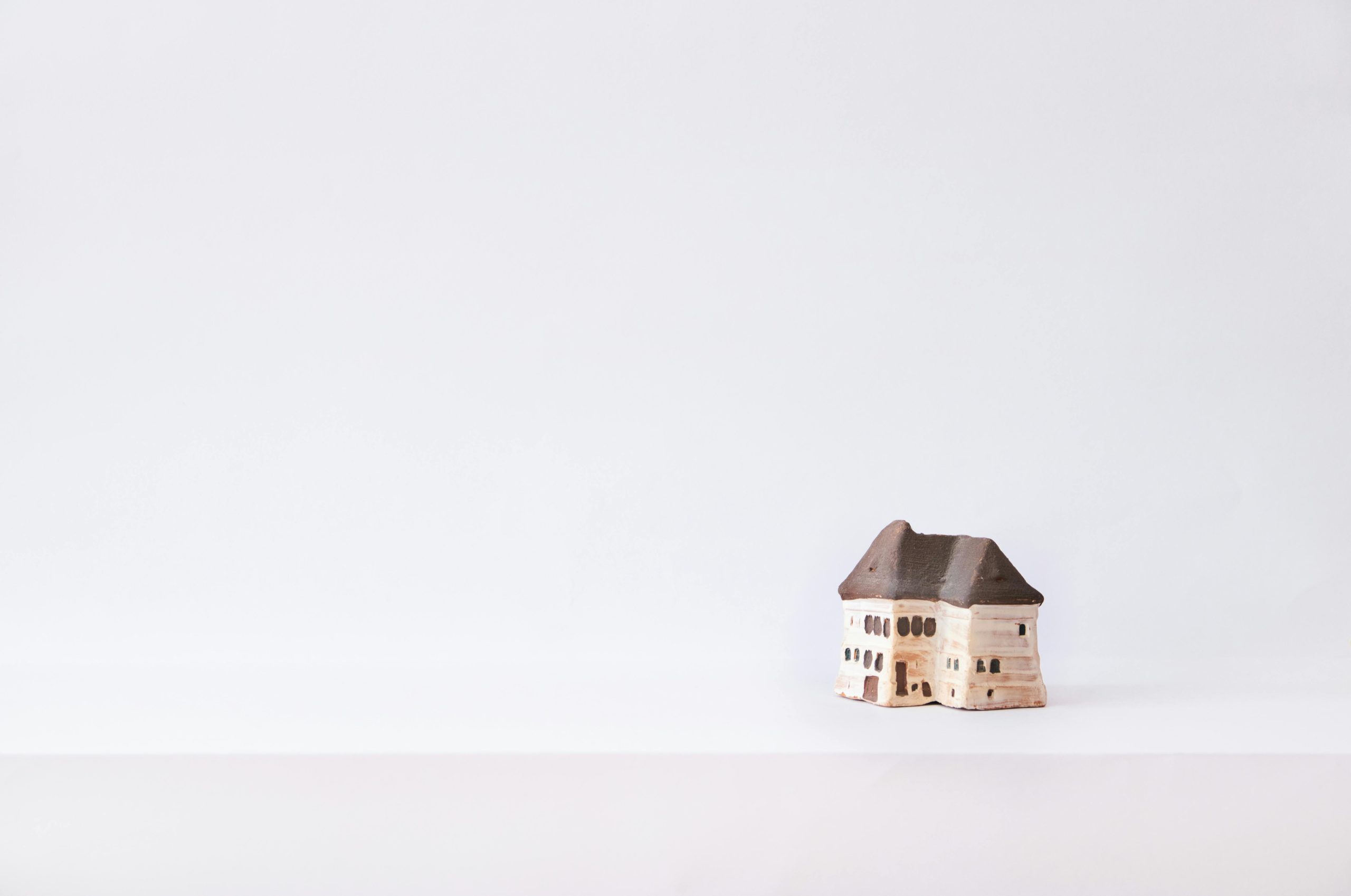
Understanding the Appeal of Small House Living
Small house living attracts many due to its simplicity and eco-friendliness. The appeal lies in the cozy spaces that promote a minimalist lifestyle, reducing clutter and focusing on quality over quantity.
Benefits of Choosing a Small House
Cost efficiency is a major benefit, as smaller homes are cheaper to build and maintain. Energy efficiency is another advantage, with less space requiring less energy for heating and cooling, which reduces utility bills. Additionally, small houses often promote closer family connections and a stronger sense of community.
Planning Your Small House Design

Setting Objectives for Your Space
Start by setting clear goals for your small house. Think about how each area can serve multiple purposes, making the space both functional and welcoming. For example, a cozy nook can be a reading spot and a guest sleeping area, or a kitchen can double as a workspace. Careful planning maximizes utility without compromising style.
Zoning Laws and Building Regulations
- Before designing your home, understand local zoning laws and building regulations. These rules can impact your design, including the height and footprint of your structure.
- Consulting a professional early can help you navigate these rules, ensuring your design complies with legal requirements and makes the best use of your space.
Budget Considerations
Setting a budget is essential. It influences your material and finish choices, affecting both the look and durability of your home. Focus your spending on key areas that improve both functionality and style. A well-thought-out small house design can save money during construction and reduce long-term maintenance costs.
Design Principles for Small Houses
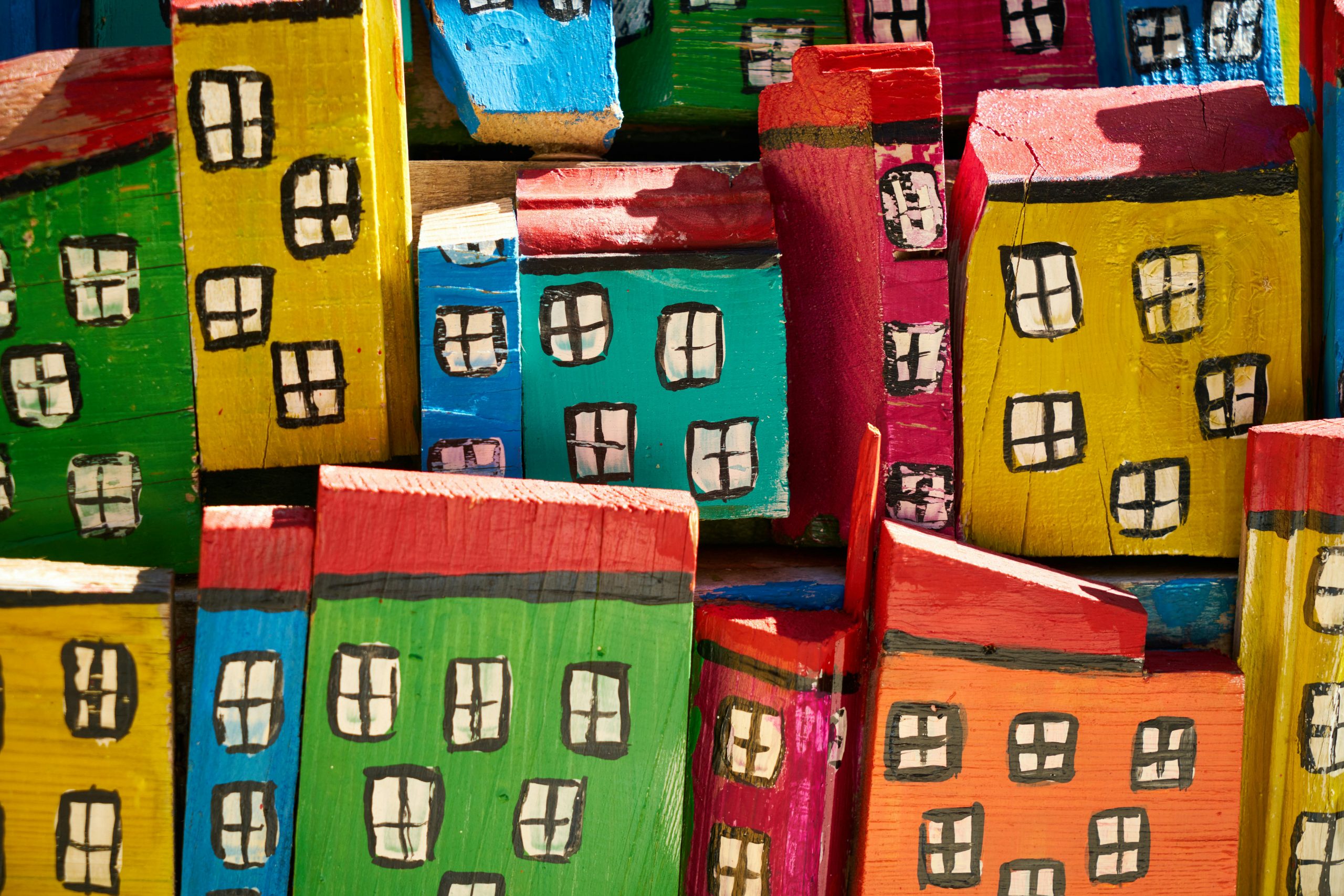
Maximizing Functionality
In a small house, every square inch matters. Design for multifunctionality with built-in storage or convertible furniture to make the most of limited space. Place windows and doors strategically to enhance natural light and improve room flow, making spaces feel larger and more connected.
Enhancing Aesthetic Appeal
Consistency in color and materials can make a space feel larger. Light colors, reflective surfaces, and simple designs create a sense of openness. Adding outdoor features like small patios or vertical gardens can extend living spaces and integrate indoor and outdoor aesthetics effectively.
Sustainability in Small House Design
- Choose eco-friendly materials to reduce environmental impact and boost energy efficiency.
- Use renewable energy sources like solar panels to cut down on non-renewable resource use.
- Design according to the local climate to naturally control temperature, reducing the need for artificial heating and cooling.
Selecting the Best Materials for Small Homes

Durability and Maintenance
When choosing materials for your small house, prioritize durability. Select options like treated wood, metal siding, or fiber cement, which are known for their longevity and resistance to weather. These materials not only last longer but also require less maintenance, saving you time and resources.
Cost-Effectiveness
- Budget-friendly materials like vinyl siding and composite options are durable and resistant to environmental wear.
- Investing in energy-efficient windows and insulation can lead to significant long-term savings on heating and cooling, aligning with the minimalist and efficient approach of small house living.
Aesthetic Compatibility
Select materials that complement your surroundings and match your personal style. Natural wood or stone can seamlessly integrate with outdoor environments, enhancing your home’s visual appeal. In urban areas, modern materials like glass or polished metal provide a sleek, contemporary look. The right materials not only shape your home’s appearance but also its interaction with the environment, creating a unified and attractive exterior.
Small House Exterior Design Ideas: Optimize Your Space with Style
Good Vibes Shed Design Ideas
Imagine a retreat that exudes tranquility, a shed that goes beyond storage to become a haven of peace. Start with a color scheme that promotes calmness—think soft blues, greens, and earthy tones. These colors set the stage for a serene environment.
Maximize natural light with skylights or large windows, creating an open, airy feel. This influx of sunlight not only brightens the space but also makes it feel like an extension of the outdoors.
Incorporate elements of nature:
- Greenery with potted plants or hanging baskets to purify the air and boost your mood.
- Comfort with seating that encourages relaxation, enhanced by plush cushions for added comfort.
- Decor that reflects simplicity and positivity, featuring inspirational quotes and light fabrics.
Select furniture that combines style and practicality, minimalist in design yet full of character. Each piece should contribute to a cohesive narrative of good vibes, creating not just a space but a sanctuary.

Cottage Small House Design Inspiration
Explore cottage-style small house designs, where each architectural element adds to the cozy atmosphere. Imagine steeply pitched roofs, dormer windows, and inviting porches perfect for enjoying the outdoors.
Architectural Features That Define Cottage Charm
Imagine a cottage home with a symmetrical design featuring classic dormer windows. These windows not only improve the look but also allow natural light to fill the interiors. Gardens filled with greenery surround these homes, while wooden shutters and stone pathways add a handcrafted touch.
Interior Design Ideas for Cozy Living
The cottage interior features soft colors, rich woods, and heirloom furniture. Fireplaces serve as central gathering spots, providing warmth and ambiance. Fabrics often display floral and plaid patterns, while rustic furniture evokes a simpler time.
To bring this timeless style into your home:
- Reclaimed Wood Use beams or accent pieces to add character and history.
- Beadboard Paneling Apply to walls or ceilings for a touch of cottage charm.
Maximizing Small Spaces: Guest House Design Mastery
Transforming a compact area into a charming guest house requires strategic planning, where every inch counts. Picture a space where function meets elegance, and transitions between rooms are seamless. The key? Multi-functional furniture. A sofa that converts into a bed, a desk that folds against the wall, a dining table that can be stowed away—these are essential for maximizing space.
It’s not just about conserving space; it’s about creating the illusion of more. Light colors and strategically placed mirrors can make a room feel larger and more open. For storage, think vertical. Built-ins and floating shelves keep essentials accessible yet out of sight, maintaining a clutter-free environment.
Personal touches add character. A soft throw, a gentle lamp, and meaningful art pieces contribute to a welcoming atmosphere. Balancing these elements creates a space that is both efficient and inviting.
Maximizing Curb Appeal for Small Houses
Small houses can be incredibly charming, and with some creativity, they can truly stand out. Landscaping is crucial; think of perennial flowers lining the walkway and window boxes filled with vibrant colors—these elements enhance beauty. Color selection is important. Opt for exterior paints that complement nature and highlight your home’s design.
A striking front door can make a significant difference. Picture a door in a bold color, paired with elegant hardware and inviting lighting.
Attention to detail matters. Add shutters to frame your windows, decorative brackets for a touch of flair, or a porch that encourages neighborly interactions. These features collectively boost your home’s curb appeal.
Every choice reflects your style and enhances your home’s best features. With these thoughtful additions, your small house will capture attention and become a welcoming place to return to.
Tiny House Landscape Design Ideas
Transform your tiny house surroundings into a lush retreat that maximizes its small footprint. Start with tiered planters and trellises to add vertical greenery and save space. Consider a small deck or patio for intimate gatherings and relaxation, conveniently close to your home.
Enhance your walls with green tapestries like wall-mounted planters and hanging gardens to add color without using ground space. Choose plants that serve multiple purposes: aromatic herbs for cooking and fragrant flowers for a pleasant scent, each element contributing to your personal oasis.
Every choice should reflect your unique style and the principles of tiny house living—efficient, beautiful, and in harmony with nature.
Modern Small House Design Inspiration
Explore the realm of modern small house design, where every inch is optimized for style and functionality. These homes are characterized by clean lines and simple beauty, embracing the minimalist principle that less is more. Efficient use of space is key, with open floor plans and large windows allowing natural light to enhance the sense of openness, even in smaller rooms.
Materials play a crucial role in these designs. Polished concrete floors, exposed steel beams, and composite siding exteriors define the modern look. Innovative storage solutions, such as hidden cabinets and multifunctional furniture, ensure that every item is neatly stored, maintaining the sleek lines typical of contemporary design.
Creating a stylish small house involves designing spaces that are both elegant and simple, where indoor and outdoor areas blend seamlessly, and every design choice is purposeful.
.
In Closing
Embrace the practicality and style of small house living. By incorporating multi-functional spaces and choosing appropriate materials, you can create a home that is both attractive and efficient. These design strategies not only optimize your living area but also improve your home’s energy efficiency and visual appeal. As you refine your space, remember that each decision contributes to a more sustainable and welcoming home environment. Use these ideas to transform your small house into a stylish, functional haven that meets your needs and exceeds your expectations.

